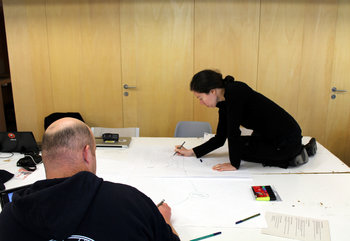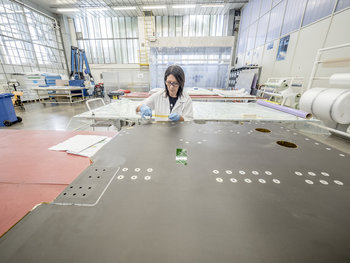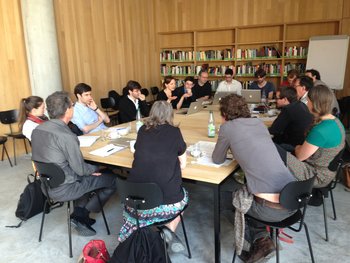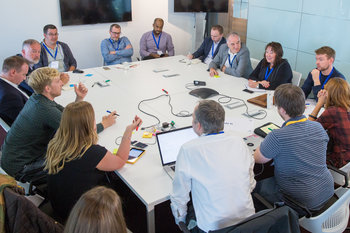
Overview
It is common for a large number of ideas for changing projects, products and processes to flow at all times. If everyone's idea was immediately implemented quality would fail, projects would never be completed and risks would create a chaotic and unstable environment.Change control is a process of freely documenting ideas for change but only implementing those that are most critical. The process also ensures that changes are scheduled at a time that makes sense and implemented via a controlled and diligent process.It is common for a high percentage of the change requests submitted to change control to never be implemented. This may be achieved with a prioritization system or outright rejection of changes.Change Control vs Change Management
The terms change control and change management are applied to similar processes in areas such as project management, quality management and service management. Such processes may have procedural differences between them but serve the same purpose of providing stability, transparency and control. The term change management is also used for a completely separate practice that involves leading change.| Overview: Change Control | ||
Type | ||
Definition | The process of capturing, evaluating, prioritizing and implementing requirements for change. | |
Value | Establish stability to manage risk and achieve objectives.Provide transparency such that stakeholders don't feel their requirements are being ignored. | |
Related Concepts | ||


































